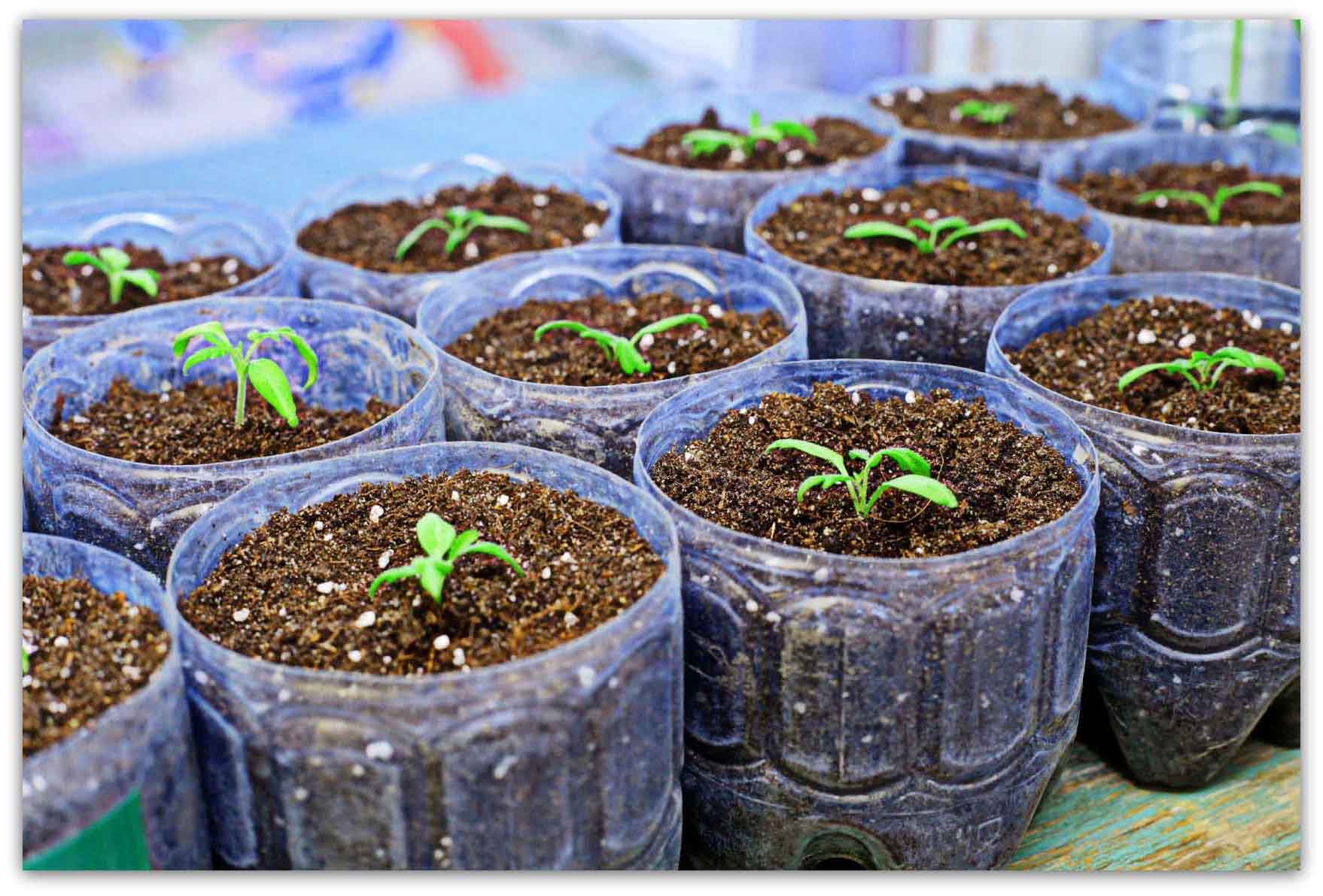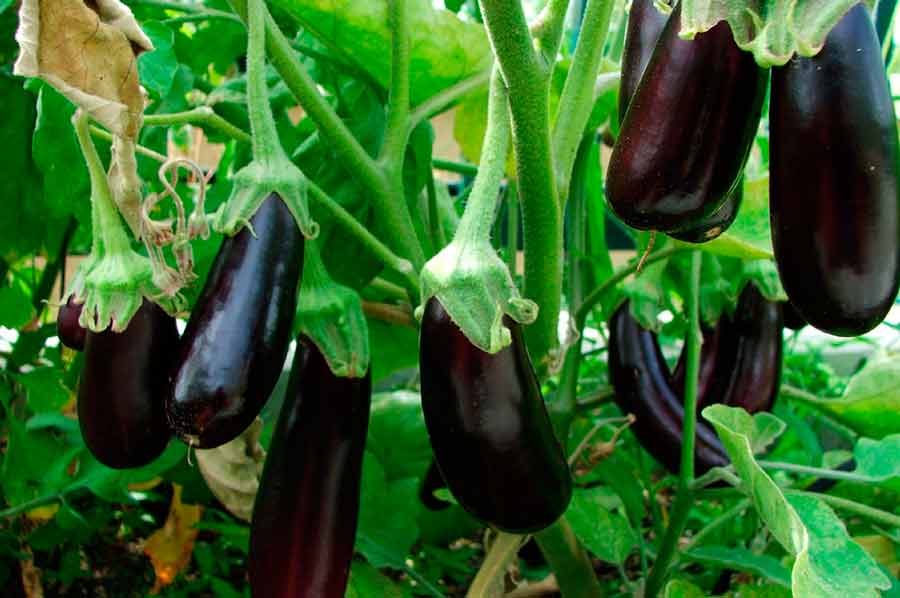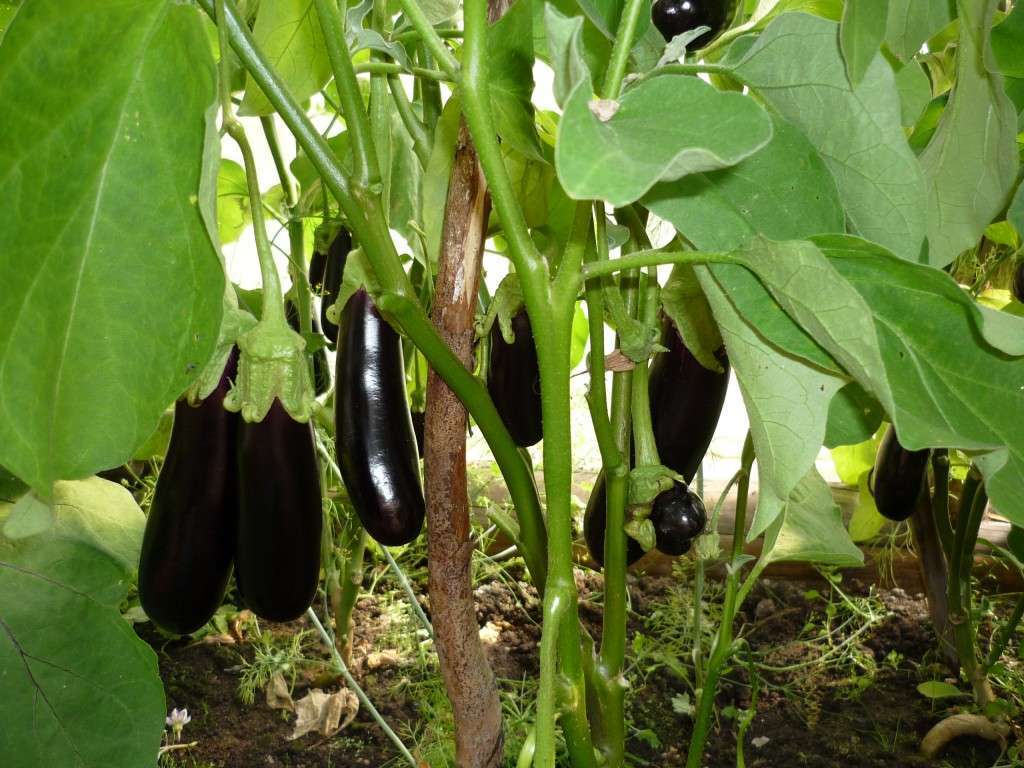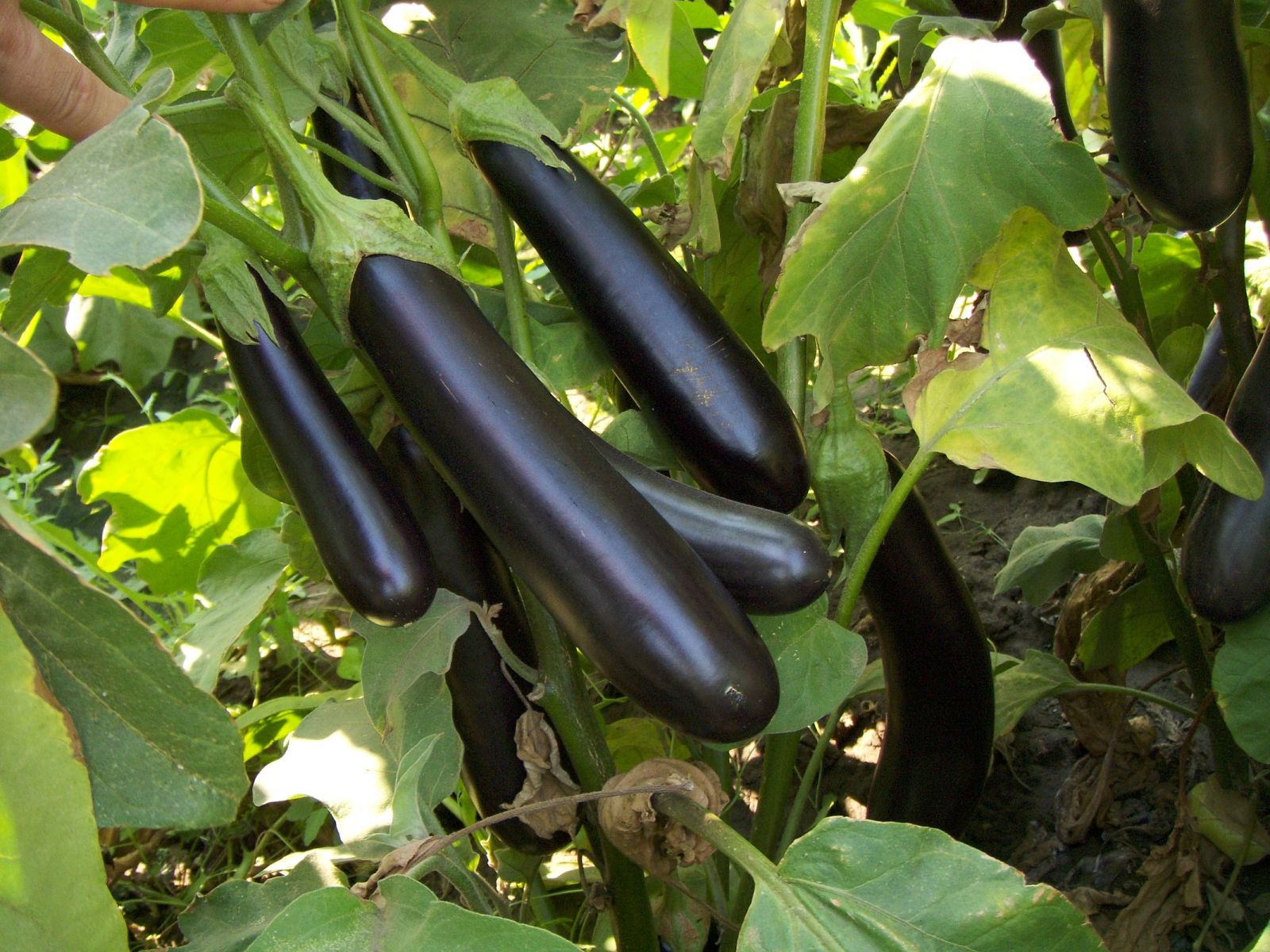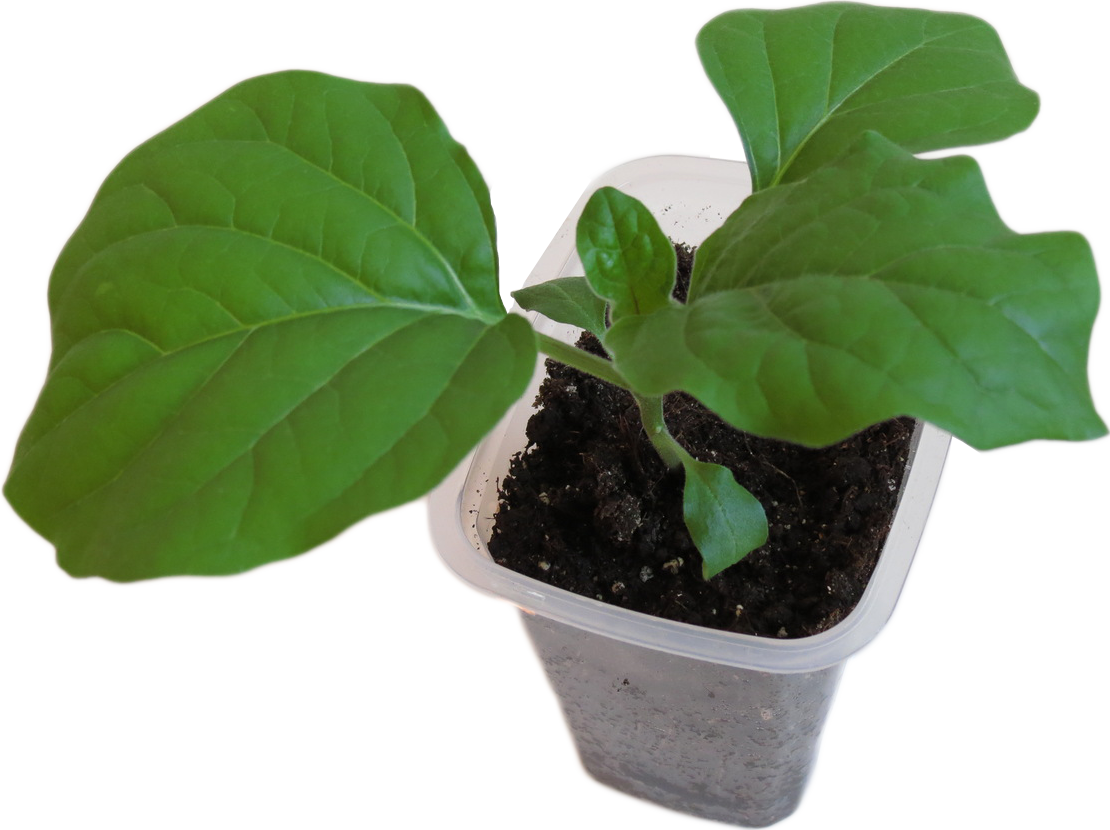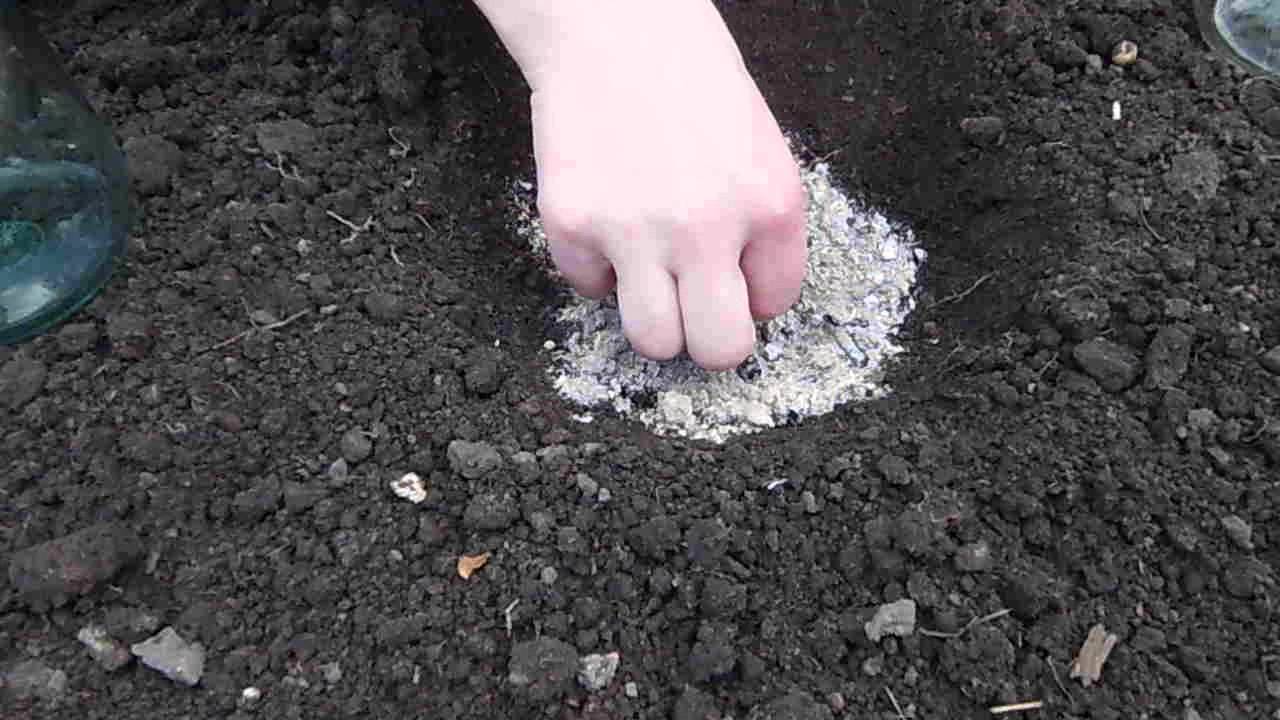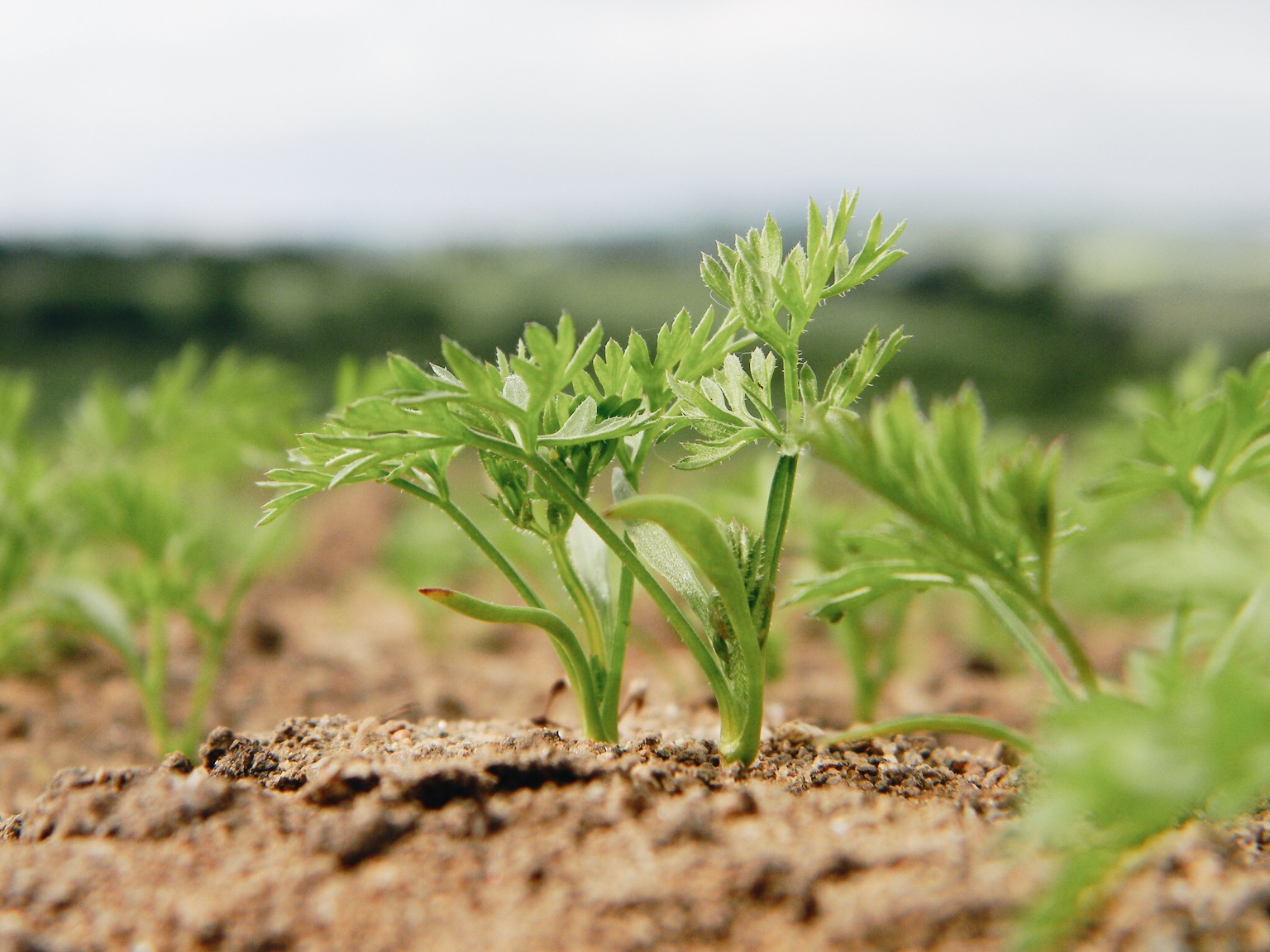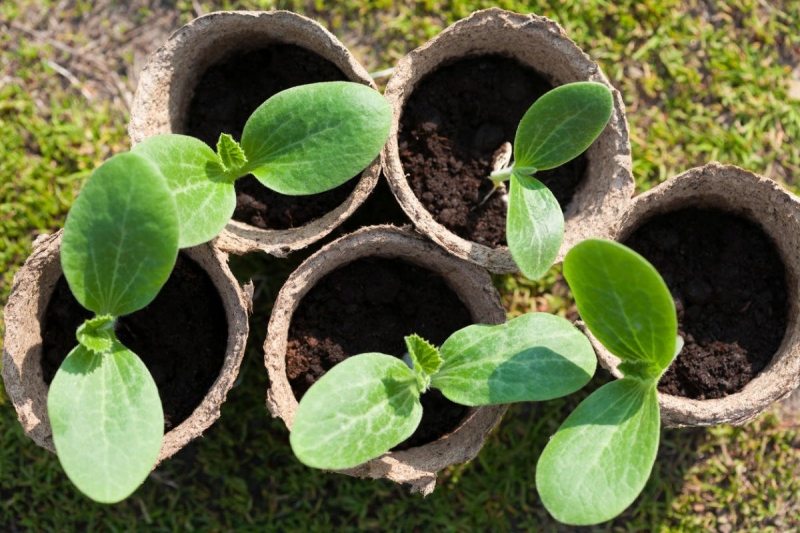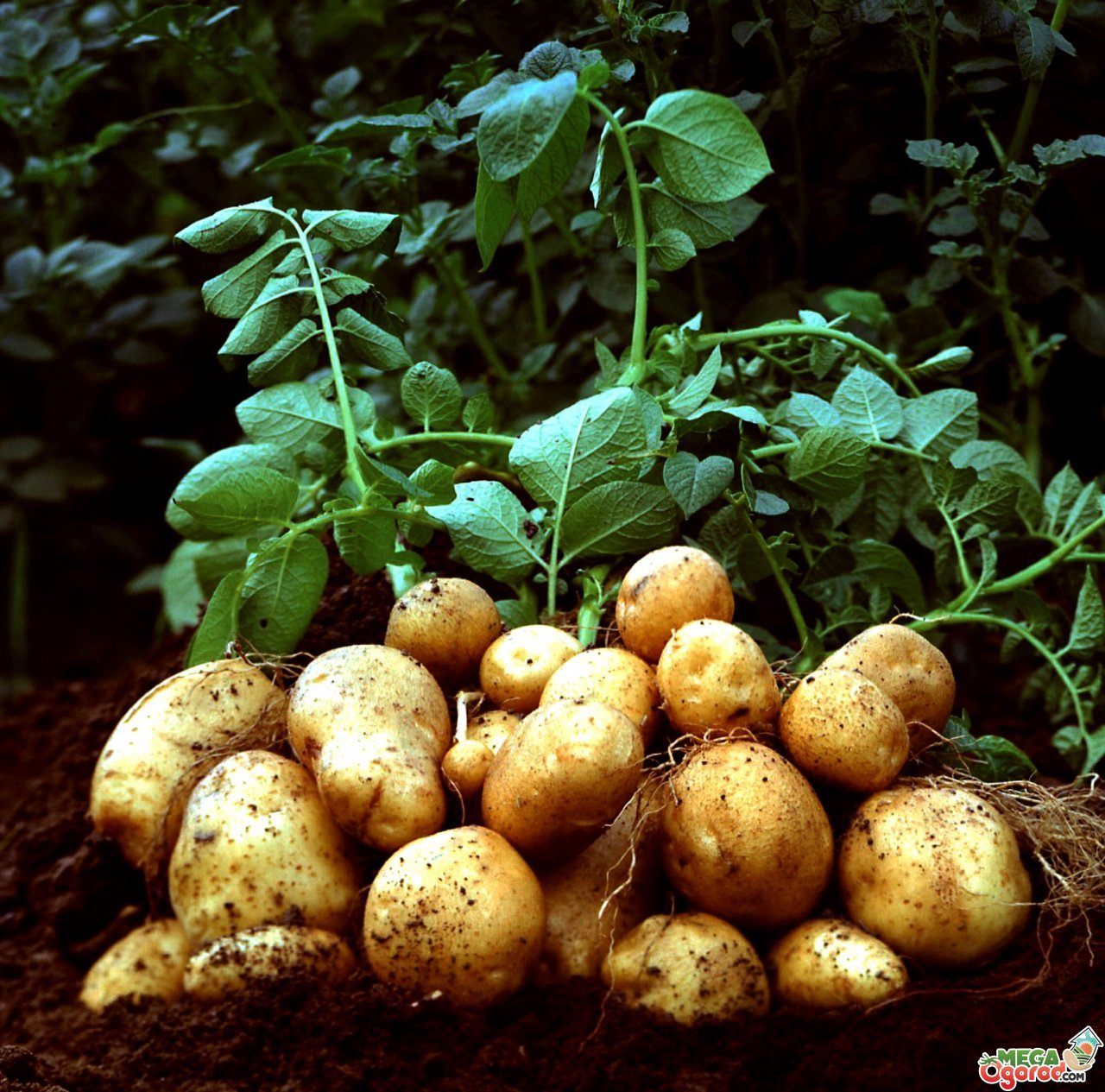Beautiful eggplants are welcome guests on the table, but their cultivation is a real art. Growing whimsical vegetables in the open field in central Russia requires careful observance of the rules for caring for it.
Conditions for growing eggplant
Eggplant is one of the members of the Solanaceae family, which includes potatoes and tomatoes. However, when growing them, they have their own characteristics:
- They do not tolerate frost very well. This also applies to young seedlings in spring.
- If the plants lack moisture, it is very harmful to them. Bushes can drop buds and ovaries, and the fruit can be ugly.
- Eggplants are very sensitive to the quality of the soil on which they grow. On fertile soil, they are able to please with a rich and tasty harvest.
- "Blue" grow well when the duration of daylight hours is at least twelve hours.
- Eggplants have a very strong need for warmth. If the temperature drops and becomes less than 20 degrees, pollination stops.
When growing, it is important which crops were grown on this land before.
If tomatoes or peppers were previously grown here, this area is not suitable for eggplant.
At the same time, it will be nice if these crops grow side by side.
A completely different situation, when the site previously grew:
- carrot;
- cucumbers;
- bow;
- cabbage;
- melons and gourds;
- legumes.
If there is a choice, light loamy or sandy loam soils are best suited. If there are none, then it is recommended to do the following:
- If the soil is peaty on the site, it is necessary to add turf soil with humus to the planting site.
- For sandy soil, add a mixture of clay soil, peat and sawdust.
- If there are heavy soils on the site, processing should be started in the autumn. In the fall, you will need to dig up the site. During this procedure, it is recommended to add straw cuttings, river sand and sawdust. This will make the soil lighter.
It is recommended to apply manure in autumn. In the spring, it is permissible to use only rotted manure. Otherwise, the plant will spend energy on the formation of branches and foliage, and not on the ripening of fruits.
To feed the soil in the fall, a mixture is added to it for each square meter:
- Urea - 1 teaspoon.
- 1 tablespoon of superphosphate and potassium sulfate.
- Wood ash should be added in the volume of one glass.
Before planting, it is necessary to remove debris from the site and clear out weeds. To do this, pre-dig the soil to a depth of 30 centimeters.
In the spring, it is best to repeat the procedure and at the same time remove those weeds that have managed to germinate at that moment. It is recommended to carry out this procedure while the ground is still wet after rain.
Favorable days for planting
Seedlings are transferred to open ground at the end of May or in the first half of June.The soil has warmed up by this time and this will enable the seedlings to grow well.
Seedlings should have at least five leaves on each seedling and a root system of at least 10 centimeters in size.
At first, it is recommended to cover the plants with plastic wrap. You can remove it when stable warm weather sets in.
Immediately before planting in the ground, it is recommended to water the seedlings with warm water.
How to plant eggplant
Eggplant seeds to be planted in open ground must be pre-selected and processed.
First, you need to carefully consider them and select larger specimens. If there are those that have mechanical damage, they must be discarded. Then pickle with a solution of potassium permanganate to disinfect.
To improve the resistance of the seed to adverse conditions, they resort to temperature hardening. To do this, the seeds are kept in water for 20 minutes, the temperature of which is 50 degrees.
Sowing eggplant seeds for seedlings
To sow seeds, they must first be germinated.
- Keep in warm water for a day.
- Put several seeds on damp round cotton swabs and leave for six days. If you use gauze for this, then there is a risk of damage to the sprouts. It is recommended to keep the seeds in a warm place.
Now you can start growing eggplants for seedlings at home:
- The sprouted seed is planted in prepared soil in special pots, cassettes or boxes. They are planted to a depth of one centimeter. Can I plant two eggplants in one hole? Yes, when germinating seedlings, two per nest: this is done in case there are seeds that will not sprout. The soil is a mixture of turf, peat and humus.
- Until the first shoots appear, the temperature must be maintained at 25 degrees.
- When the seedlings grow, it is required to lower the temperature to 16 degrees. At the same time, the stretching of sprouts will slow down and the root system of seedlings will develop at an accelerated pace.
- It is necessary to ensure that there are no sudden changes in temperature. In particular, care must be taken to avoid drafts. If this is not done, the eggplant can get sick.
To plant seeds in the beds are formed, the width of which is one meter and the height is 30 centimeters. The length is determined based on the characteristics of a particular site.
The distance between seedlings should be at least 50 centimeters.
Directly landing in the hole is done as follows:
- A hole is dug.
- A little water is poured.
- Seedlings are planted.
- Top covered with a thin layer of earth mixed with peat.
Here you can plant two eggplants in one hole.
You need to understand that in the first two weeks after sowing, the seeds will practically not grow.
How to plant eggplants in open ground with seeds
Seeds need to be prepared in the same way as for planting seedlings. The soil on the ridge must be loose, otherwise the seeds may not have enough air. To prevent delicate seedlings from freezing, they need to be covered until the average daily temperature reaches + 20C. When to plant eggplants under the film depends on the climate in the region. In the Krasnodar Territory, this can be done in mid-April, in the middle lane - not earlier than the end of May.
Further care
To properly grow eggplants, you need to follow several rules:
- It is necessary to ensure that the soil is constantly slightly moistened. In this case, the water for irrigation should be slightly warmed up. In the first weeks, it is watered every 2-3 days, then it will be enough to do this every 6-7 days.
- Loose soil is essential for eggplant growth. It should be borne in mind that after rains or intensive watering, the topsoil may crust over. In this case, it is necessary to loosen the soil.
- Proper nutrition of "blue" fertilizers is important for a good harvest. At the same time, three additional dressings will be enough for the entire season. The first is done just ten days after planting the seeds, the second - another ten days. The last feeding is carried out at the beginning of the fruiting period. You can use specialized fertilizer tablets for this.
- The harvest will be more abundant if the root system is well developed. It can be stimulated by hilling bushes. In this case, the roots will grow further.
- During the growing process, it is important to control the presence of insect pests. To do this, it is necessary to regularly examine the leaves, fruits and branches for their identification. If they are found, it will be necessary to take appropriate measures to destroy insects.
- It is also necessary to monitor the possible presence of diseases and for this purpose regularly inspect eggplants, take timely measures to treat plants.
- It must be remembered that the eggplant root system is very delicate and easily damaged. Therefore, it is recommended to cover the bed with mulching material. It can be shredded branches, a mixture of dry grass and straw.
- From time to time it is necessary to carry out a pick.
Harvesting can be expected about a month after flowering begins. At this time, the fruits will take on their appearance and a glossy color will become visible.
When collecting ripe eggplants, they are cut with a secateurs along with the stalk. It is important not to damage the plant during harvest.
The harvested crop is recommended to be consumed in the near future or processed for further storage. Keeping crops fresh is difficult.
Having figured out how to plant eggplants in open ground by seeds or seedlings, you can get a bountiful harvest.
